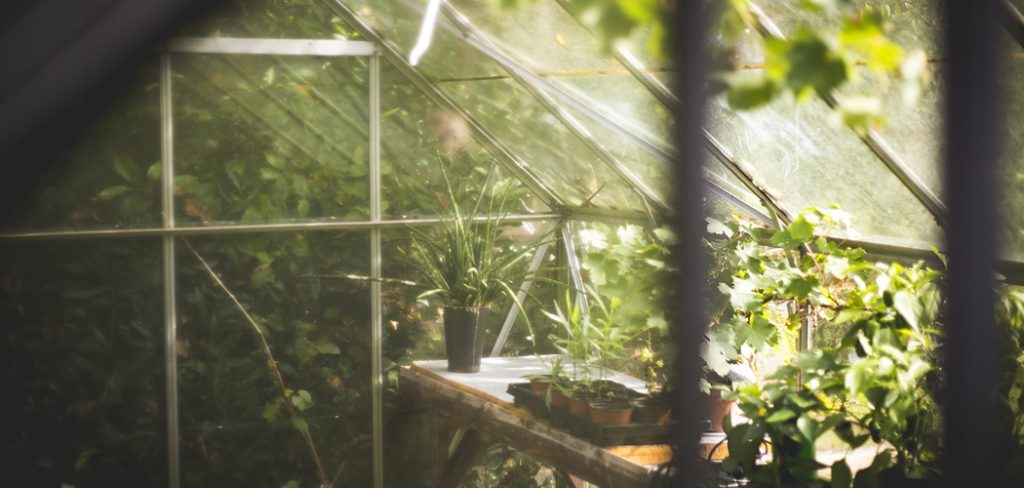There are several ways in which plants in your garden might get damaged. It can happen due to weather conditions or sometimes even from animals, insects or spiders. A member of the spider family is the spider mite. Spider mites are little spiders that usually select plants’ leaves as their living space. They form webs in order to protect themselves.
Spider mites are very dangerous to plants in the garden so they are considered to be harming pests. They feed themselves by using the sticks from their mouth to get nutrients from the plants’ leaves. This causes holes and ruptures in the plants and they run out of fluids. Therefore, plants are likely to die very soon due to spider mites.
Although there are expensive treatments that can be bought, you can turn to more natural solutions. There are plants that repel spider mites so you could plant them in your garden and deter them forever.
All the Information on Plants that Repel Spider Mites
Where do Spider Mites Come From?
Spider mites are miniature spiders that can hardly be seen with your eyes. Therefore, it is difficult to find the answer to the question: ‘where do spider mites come from?’. The reason is that you or your family member might have brought it in to your garden. Spider mites can attach to your clothes or shoes so that they can come to gardens very easily.
Spider mites can also attach to pets’ skin. So, if you have pets who like to walk outside, they might also bring it in. Due to its miniature size, spider mites can also travel with the wind. So, spider mites can arrive to your garden very easily during windy weather conditions.
The worst thing about spider mites is that when they form colonies on your plant even if only one came originally. They do this in order to protect themselves from external dangers.
Spider Mites on Plants
Are you not sure whether you will be able to notice the spider mites on plants? Well, the good news is that it leaves a lot of signs. So, firstly, the spider mite sticks its mouth stick to the leaf of the plant. As it takes the fluids out, some parts of the leaf will become yellow and then brown. If the infection is still not noticed, the plant might get more damaged and the whole plant will become yellow. At this phase, it will dry and die.
Plants Resistant to Spider Mites
If you are not a fan of non-natural remedies, then you can always use plants that are resistant to spider mites. These plants can be planted in the garden or even indoors, near the plants that are infected with spider mites. They can help you prevent the spread of spider mite colony naturally.
Coriander is one of the plants that repel spider mites. Coriander belongs to the family of herbs and it is usually used to add flavor to meals. Spider mites hate coriander itself so they will never settle on the plant itself. Also, if you plant coriander near some plants that are already infected by spider mites, you can save and protect the other plants as well. A huge benefit is that you do not even have to plant it since coriander repels spider mites simply by being in your garden.
Dill also belongs to the family of herbs and to the plants resistant to spider mites. Dill is generally used as a spice for different meals and dishes. It has a strong fragrance that repels spider mites. Dill can protect all the plants indoors or outdoors that may be vulnerable towards spider mites.
Garlic is another plant that repels spider mites. The best thing about garlic is that its fragrance is so strong that it repels not only spider mites but all other pests as well. Also, it is easy to plant and grow in your garden.
Pyrethrum plants are also resistant to spider mites. They are so easy to keep and form a beautiful view in the gardens or yards.
Spider Mite Treatment
You were very careful with your plants but they still got spider mites. Now you want to prevent them from dying. Well, the good news is that it is possible to save the plants. However, you must act fast and follow the steps of spider mite treatment.
As soon as you see the damages on the plant’s leaf, take it to the sink and pour some water onto it. Be careful to not water the soil. As a second step, it is recommended to use neem oil. This oil is a beneficial insecticide and it does not contain chemicals and toxins. You can mix the oil with water and spray the damaged surface with this mix. It is recommended to do this for a week.
If you notice that the damage is still not going away, you may use the liquid mix for more than a week. While you do this, make sure to take the affected plant far from the healthy ones in your garden since spider mites can spread just by touching. This can help to treat the damaged plants so that the plant does not die.
Conclusion
Spider mites can be a real danger to our gardens. Its tiny size and small weight makes it so easy to become a part of our gardens’ habitat. The disadvantage is that we might be responsible for the spread of spider mite colonies on the garden. We might be transporting it on our clothes or shoes, or even on our pets’ skin. Sometimes, even the wind might transfer it to us.
As soon as they settle on the plant, they will form colonies which makes their spread to other plants more likely. If an infected plant touches with a healthy plant, the spider mites will transport to the other as well. This is why we must be careful at all times. Even if we do not want to take toxic measures, we can use plants that repel spider mites. These will ensure the protection of all plants in our garden.

